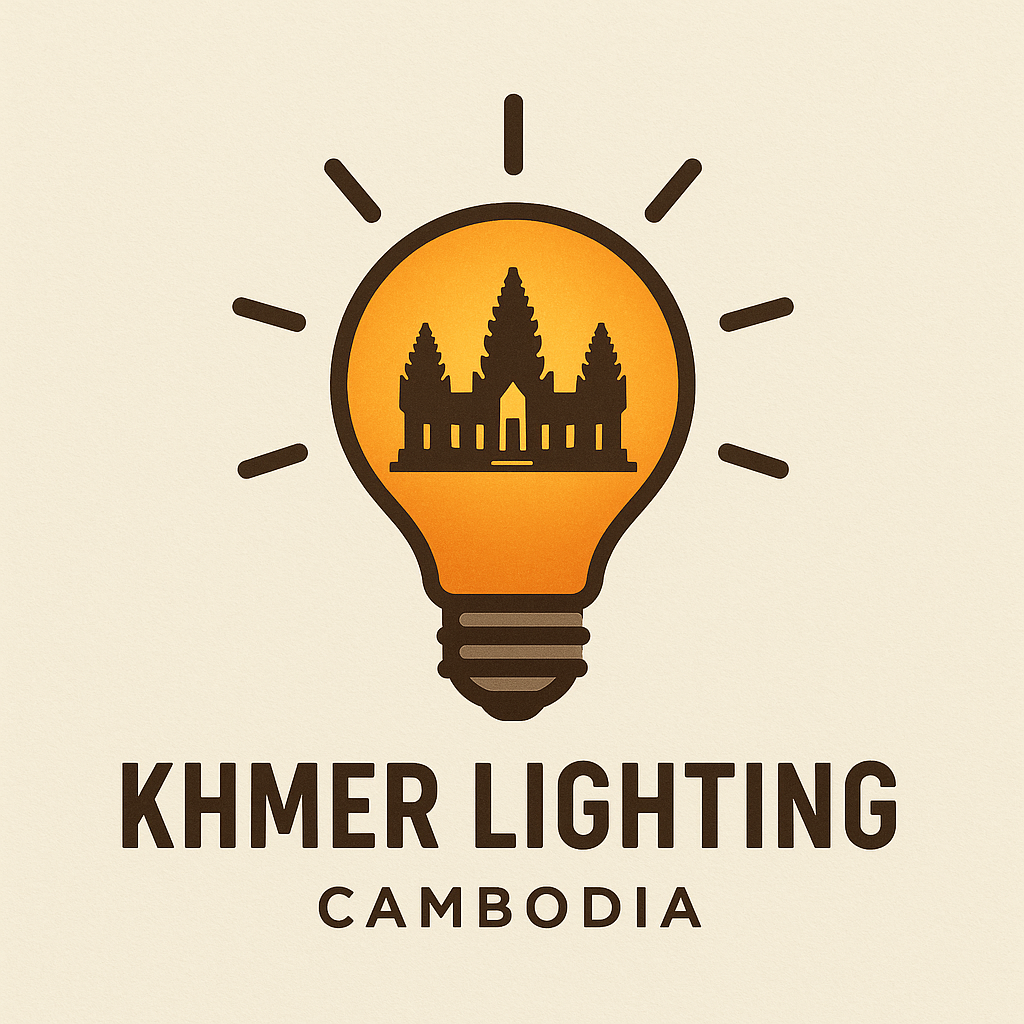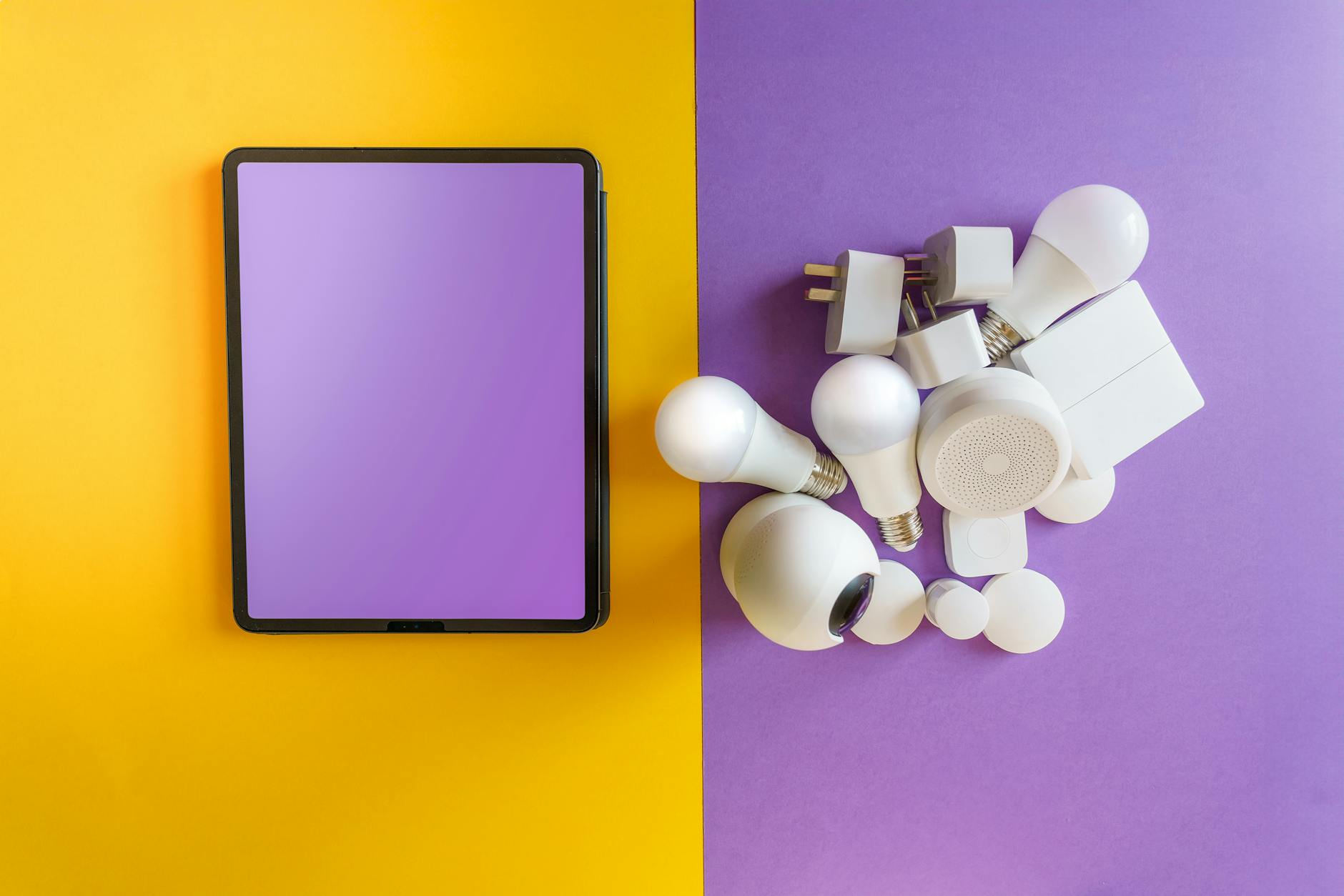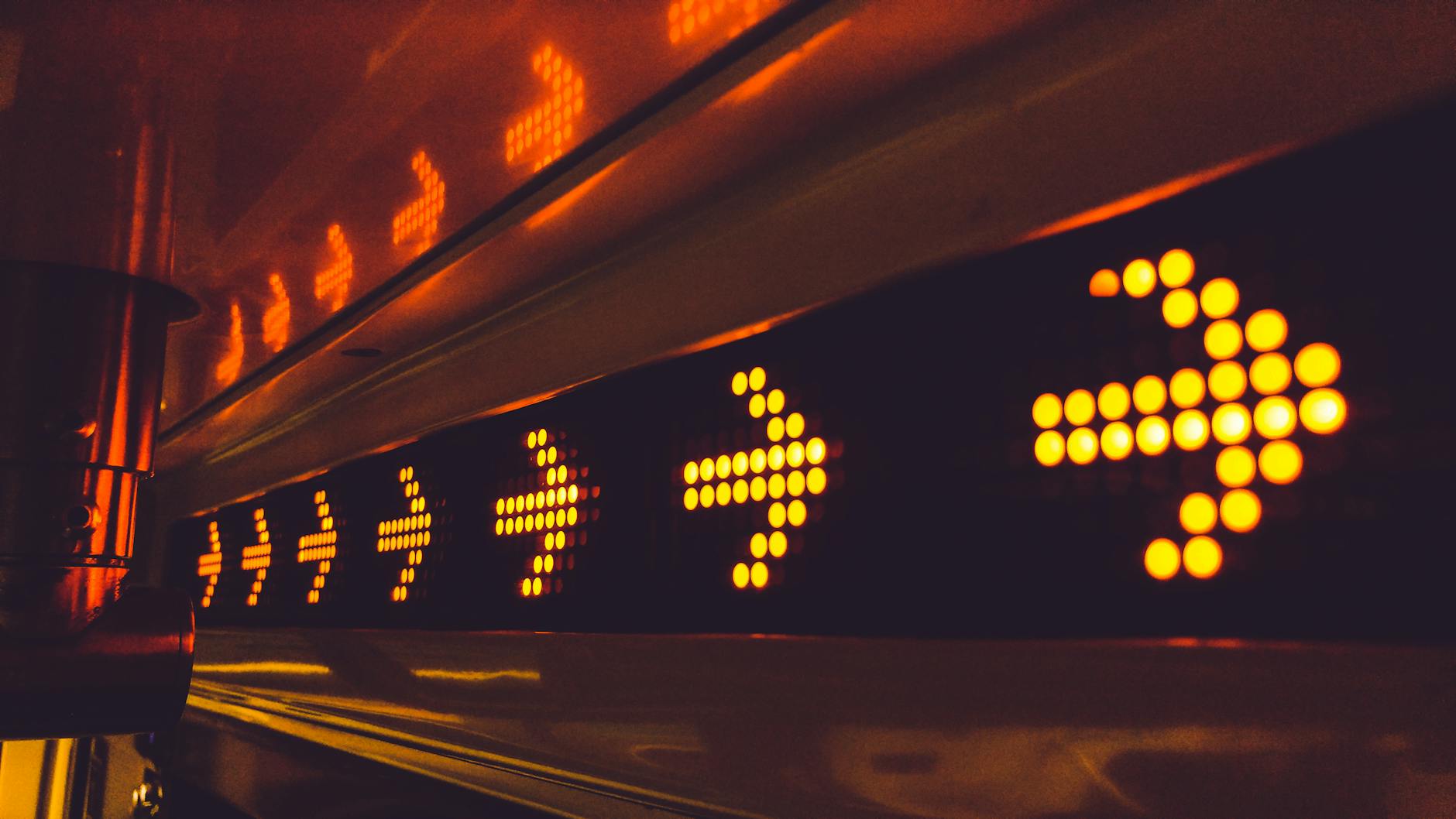Upgrading Your Old Fixtures to LED: A Simple Weekend Project
Are your old light fixtures serving as reminders of a bygone era in your home’s decor? Besides being outdated, they might also be costing you more in energy bills and maintenance. Converting your traditional light fixtures to modern, energy-efficient LED lighting is easier than you might think. With a little guidance and a weekend to spare, you can transform your home’s lighting and contribute to energy sustainability.
Why Choose LED?
Before diving into the transition process, it’s important to understand the benefits of LED lighting. Here are some compelling reasons to make the switch:
- Energy Efficiency: LEDs use up to 90% less energy than incandescent light bulbs, significantly reducing your electricity bill.
- Longevity: With a lifespan of up to 25,000 hours, LEDs outlast traditional bulbs, meaning fewer replacements.
- Environmental Impact: LEDs reduce carbon footprint and do not contain harmful chemicals like mercury.
- Versatility: Available in various colors and designs, LED lights can meet different aesthetic preferences and requirements.
Preparing for the Upgrade
Before starting the project, ensure you have all necessary materials and knowledge to safely complete the task. Here’s what you’ll need:
- LED bulbs or LED retrofit kits compatible with your existing fixtures.
- Screwdriver and possibly a drill, depending on your setup.
- Voltage tester to ensure safety while working with electrical fixtures.
- Ladder or step stool to safely reach ceiling-mounted fixtures.
- Gloves and protective eyewear.
Step-by-Step Guide to Upgrading
Now let’s walk through the basic steps of upgrading to LED lighting.
- Step 1: Safety First
Start by turning off the electrical power to the fixtures you’re working on. Use a voltage tester to double-check that the power is off before proceeding. - Step 2: Remove the Old Bulbs
Unscrew the old bulbs from the fixtures. If you’re replacing the entire fixture, you may need to unscrew mounting hardware using a screwdriver. - Step 3: Install the LED Bulbs or Fixtures
For a simple upgrade, screw in your new LED bulbs. If you’re replacing old fixtures entirely, follow the manufacturer’s instructions provided with the LED kits. Ensure all wires are properly connected and secured. - Step 4: Test Your New Lights
Once installed, restore power to the circuit and turn on the lights to ensure everything is working correctly. Adjust any settings if your LEDs are dimmable. - Step 5: Recycle Old Bulbs
Dispose of your old incandescent or fluorescent bulbs properly. Many hardware stores offer recycling services for old lighting components.
Considerations and Tips
Bear in mind the following additional pointers as you embark on your LED upgrade:
- Look for Energy Star Ratings: Energy Star-rated LED products meet strict energy efficiency guidelines set by the U.S. Environmental Protection Agency.
- Check Compatibility: Ensure your new LED bulbs or retrofit kits work with your existing dimmer switches.
- Plan Your Lighting Layout: Take this opportunity to reassess the brightness levels and color temperatures in different rooms to enhance ambiance.
Changing to LED lighting not only enhances the aesthetic appeal of your home but also contributes to a greener planet. By dedicating just a weekend, you can make a significant improvement in your energy consumption and reduce your electricity costs in the long run. Enjoy brighter, more efficient lighting and the satisfaction of having completed a valuable home improvement project.
Happy upgrading!





